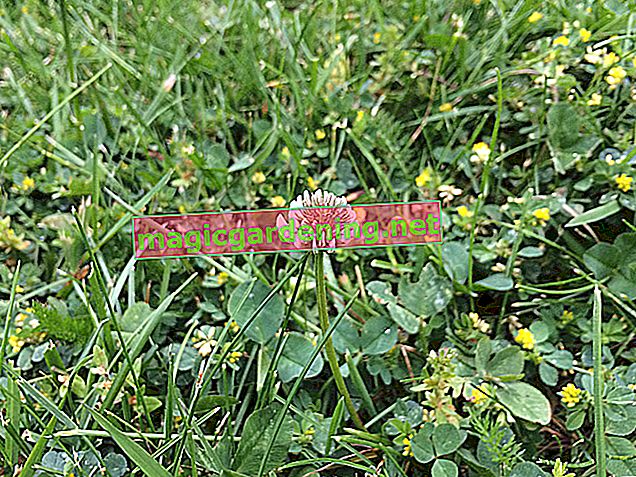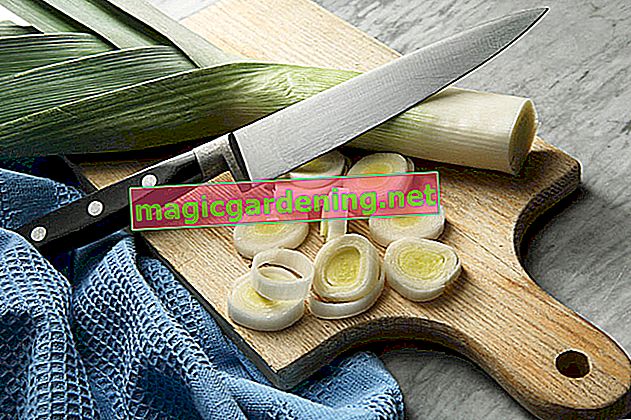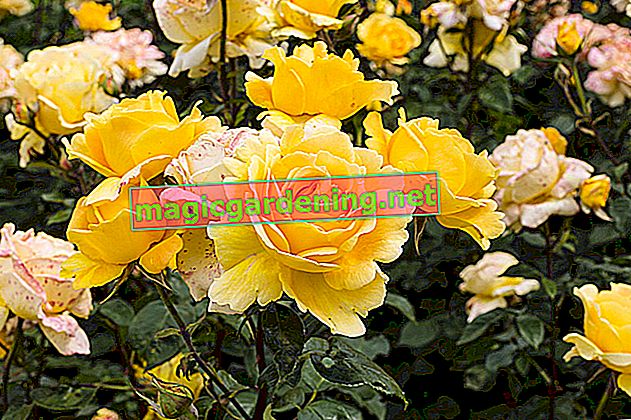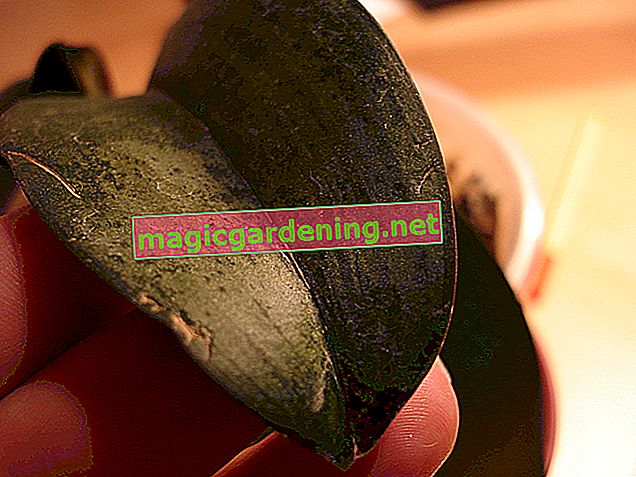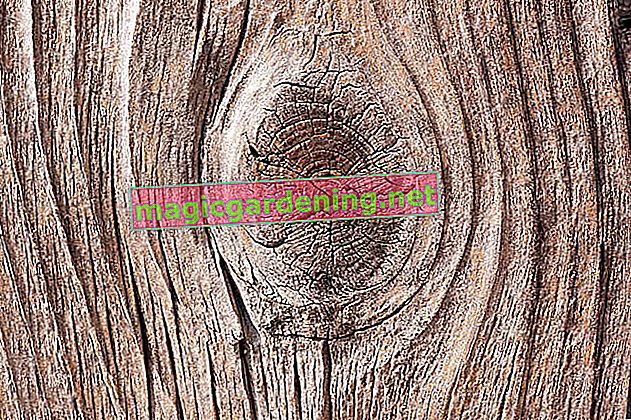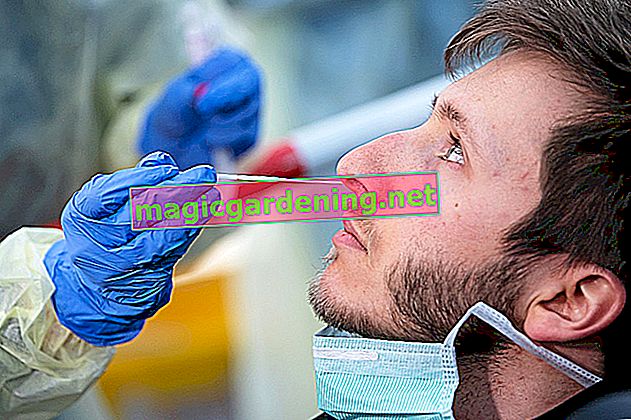
The variety of thistles
The life expectancy of the different thistles varies considerably. There are very short-lived two-year varieties such as the scrub thistle, ring thistle or silver thistle. In the first year they only develop the leaf rosette. These plants die after flowering in the second year. Often this is hardly noticeable because these thistles often sow themselves. The donkey thistle, which is up to two meters high, also belongs in this category.
also read
- Is the thistle poisonous?
- How do I remove thistles from my garden?
- Klee in the garden: a short profile of the meadow clover
Other thistles are perennial perennials. Noble thistles and spherical thistles sprout anew every year. They can be combined well with large-flowered plants such as yarrow, girl's eye or sun hat. Ornamental grasses also contrast nicely with the prickly thistles.
Location and soil
Regardless of which type of thistle you have chosen, almost everyone likes a rather poor and dry location. Only the purple thistle is an exception, it prefers a fresh to slightly moist and nutrient-rich soil.
Plant and care
Thistles are difficult to transplant thanks to their deep tap roots. You should therefore sow biennial species in the desired location in summer. Perennial varieties are best planted in spring or autumn. The easy-care plants do not need special care, but are difficult to remove from the garden.
Garden thistles in winter
Even in winter, thistles are a great eye-catcher in your garden when they are covered with frost or snow. Therefore, you should not cut back these plants in autumn but only in spring. They do not need special care, even in the cold season.
The essentials in brief:
- sunny location
- mostly poor and dry soil
- mostly long tap roots
- best planting time: spring or autumn
- Sowing of the biennial varieties: summer
- sow at a later location
- do not transplant well
- Cut back: in March
Tips
Avoid planting thistles directly by the path, as many species can grow to be quite large and contact with them is often painful.

